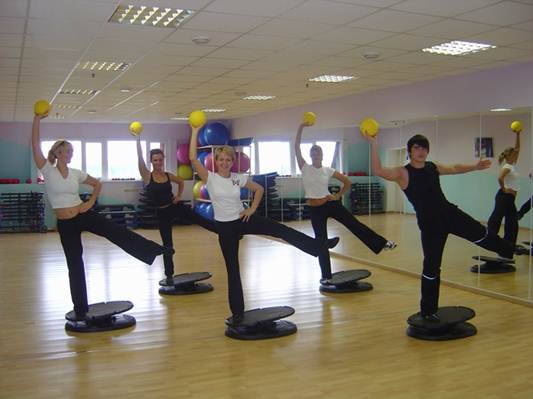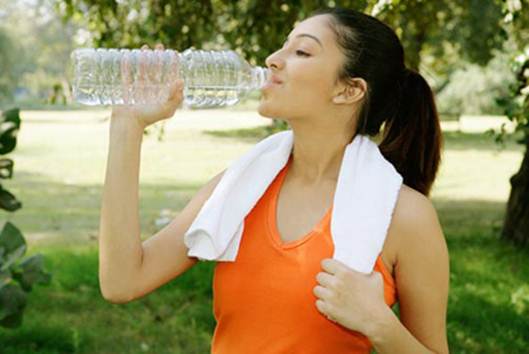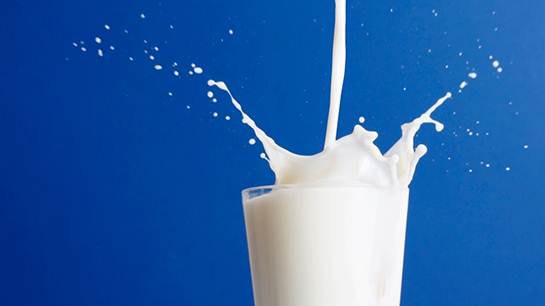Want to know more about the sport you love?
It’s as easy as ABC with our top, expert training tips.
Aerobic exercise
Any training method that uses oxygen as the
primary fuel source, such as jogging, is aerobic. It improves your
cardiovascular health, lowering your resting heart rate and blood pressure.
Incorporating sprints into your runs, or doing internal training, is anaerobic,
and can increase your fitness levels fats.

Backwards running
You don’t have to run forwards to get
results. Running backwards – retro running – helps strengthen the opposing
muscle groups to those you work when running forwards. It also improves your
posture and strengthens your core muscles. Don’t try it on the road though – go
to the park.
Chest
According to research by sports bra
manufacturer Shock Absorber, 68 per cent of women who exercise regularly font
wear a sports bra – not good considering that once the ligaments in your
breasts drop, nothing can naturally restore them to their former position. Keep
your best under control with Moving Comfort Luna Bra (£38.99;
movingcomfort.co.uk).
Dehydration

Not drinking enough? Then your performance
could suffer. Each one-per cent loss in bodyweight caused by dehydration can
lead to a two- to three-per cent reduction in running performance, making
running a lot harder and your pace much slower. Check whether you’re
dehydration by monitoring your urine. Is the shade more tango than lemonade? If
so, go grab some water!
Excessive post-exercise oxygen consumption
Also known as EPOC, it describes the
increased metabolism of oxygen that occurs after strenuous exercise, such as
interval training (see I). Your body is in overdrive and you burn calories at
an elevated rate, even when resting.
Forefoot striking

Experts believe this is better for running
efficiency because your foot lands under your center of gravity and propels you
forward. It involves landing on the ball of the foot, as opposed to landing on
the heel, giving you more control over each stride.
Glutes
Many running injuries can be traced to weak
glutes. To strengthen, try The Bridge; lie on your back, lift your hips and
back until your body forms a straight line from your shoulder to your knees.
Repeat 20 times once a day, until you feel stronger.
Hill training
We all hate them, but hills are a great way
of increasing your fitness, while building strength in your legs. To get up a
hill effectively, lean forward and take smaller, whicker steps while using your
arms to propel you forwards.
Interval running want to burn more fat in a
short amount of time? Try interval training – alternating high-intensity
exercise with less-strenuos periods. Here’s an example: using the treadmill,
run as fast as you can for 90 seconds, recover and go slowly for two minutes.
Repeat fat-burning workout that will increase EPOC (see E)
Juice

You can make your own isotonic drink to
quickly replace the fluids you lose through sweat, while providing a boost of
energy. Mix 220ml fruit squash, 800ml water and a pinch of salt, and sip when
doing a run that lasts more than 60 to 90 minutes.
Knee protection
Look after them! Knee pain is common among
runners, often because the kneecap doesn’t move properly across the bones it
rests on – it’s even called ‘runner’s knee’. It’s usually caused by an
imbalance in your muscles. By maintaining flexibility and strength in your
quadriceps and hamstrings, you can minimize pain. Running on sand and grass is
also less knee-damaging than road running because these surfaces will absorb
some of the impact.
Lactic acid
Lactic acid is a chemical produced in the
body when there’s a lack of oxygen available to cells. As your exercise
intensity increases, so do your levels of lactic acid, which can make your
muscles sore. If you suffer from this, try compression tights such as Skins
(skins.net).
Milk

The chocolate variety in particular is
great for recovery. US research shows that the drink’s benefits come from its
carbohydrate-to-protein ratio, plus its blend of minerals, such as calcium and
potassium that helps replenish glycogen stores in the muscles. Sounds good to
us!
New challenge
Keep your workouts interesting and
challenging by trying new things. Sign up for a race (visit
therunningbug.com.uk), join a running group (find one near you at runengland.org)
or run your usual route back to front. You’re more likely to make progress and
not get bored.